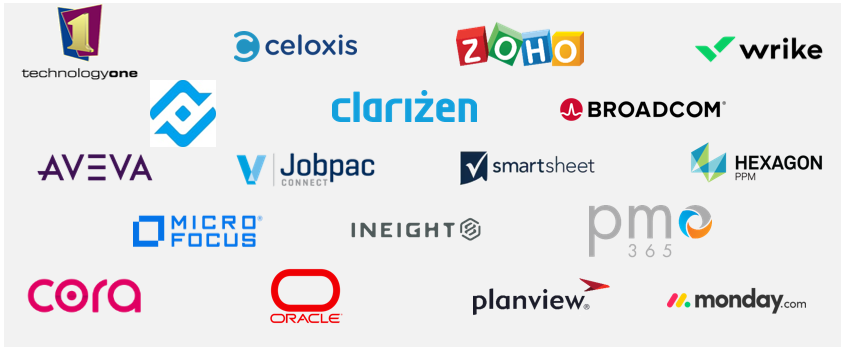Project Governance and Control: Case Study
The Challenge
Complication
- No centralised system to track projects progress
- Misalignment / mismatch between finance system and project management systems
- Each Project Manager relying on their own choice of PM solution
- No formalised project selection and portfolio optimisation in place
- Time consuming reporting of project status

First Steps
Initial stakeholder engagement involved interviews with project team members to understand the nature of the project pipeline and the extent of outsourcing considered. A set of business requirements for managing projects was developed and agreed upon which formed the basis for further framework development and sourcing of supporting technology. All projects team across different disciplines and finance were interviewed with well in advanced prepared questions to identify their functional and technical requirements, while at a same time incorporate non-functional requirements and IT required compliances.
Outcomes
Once fully implemented, the framework and technology solution will provide the port with a significant project management capability uplift leading to the following benefits:
- Increased efficiency in capital works and other project governance across all disciplines
- Increased efficiency across capital works delivery, seeing more projects finishing on time and within budget
- Real time visibility of projects to allow more timely and informative decision making by relevant stakeholders
- Visibility of the availability and capacity of resources, optimize resource utilization and enabling more accurate and efficient resources planning
- Increased efficiency in periodic and ad Hoc projects, programs and portfolio reporting
Framework Development
Quarterbac worked with Port stakeholders to develop a four-stage framework for managing projects:
- Planning & Development
- Procurement
- Delivery
- Closeout
Each stage consisted of various phases with stage gates between specific phase to enable effective governance over the project before commencing to the next phase. Key activities and deliverables were identified for each phase with business functions assigned responsibility for relevant activities which were documented within a responsibility matrix. Detailed process maps were documented to clarify the process within each activity and how this flowed throughout the organisation. A flexible governance structure was identified to right-size the level of rigor applied to the various types of projects from Business-as-Usual projects, through to Minor projects and Major projects. A project steering committee was also defined with responsibility of the application of governance activities.

Technology Selection
- Identify business needs and technology options
- Shortlist technology options
- Technical and function technology demonstrations
- Assessment of shortlisted options
Business need were documented in the form of business, functional and technical requirements which were then used to carry out a market scan for potential solution providers. The list of 18 solutions was then shortlisted to four based on publicly available information from vendor websites and Gartner reports. This was achieved through the application of function and technical requirements that were mandatory for selection. Further information was requested of shortlisted vendors who were also invited to provide a demonstration of functionality. Key stakeholders carried out an assessment of each vendors’ demonstration, providing a rating to how well each solution satisfied the documented requirements. A SWOT analysis was carried out on each option to support the quantitative analysis within the demonstrations.

